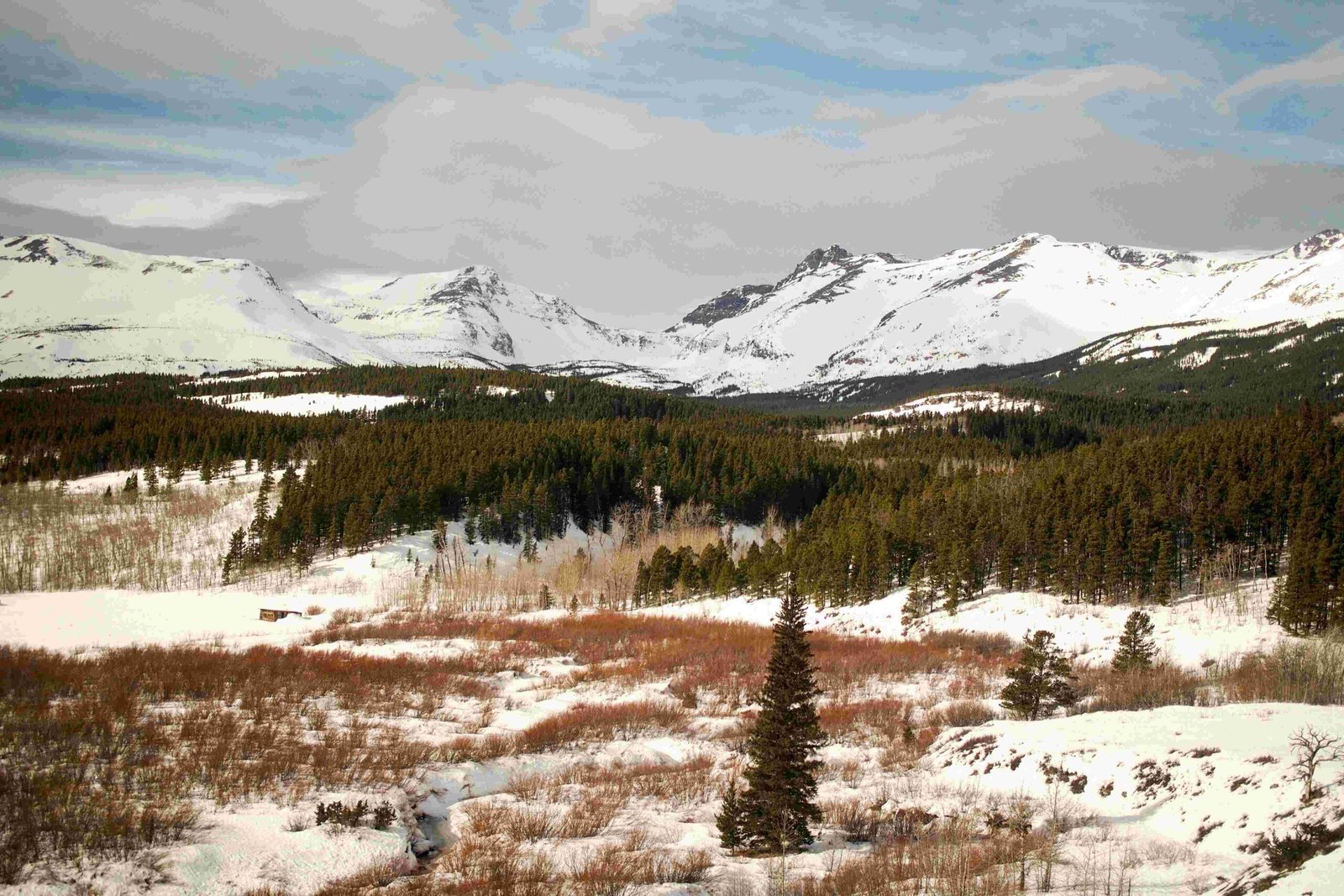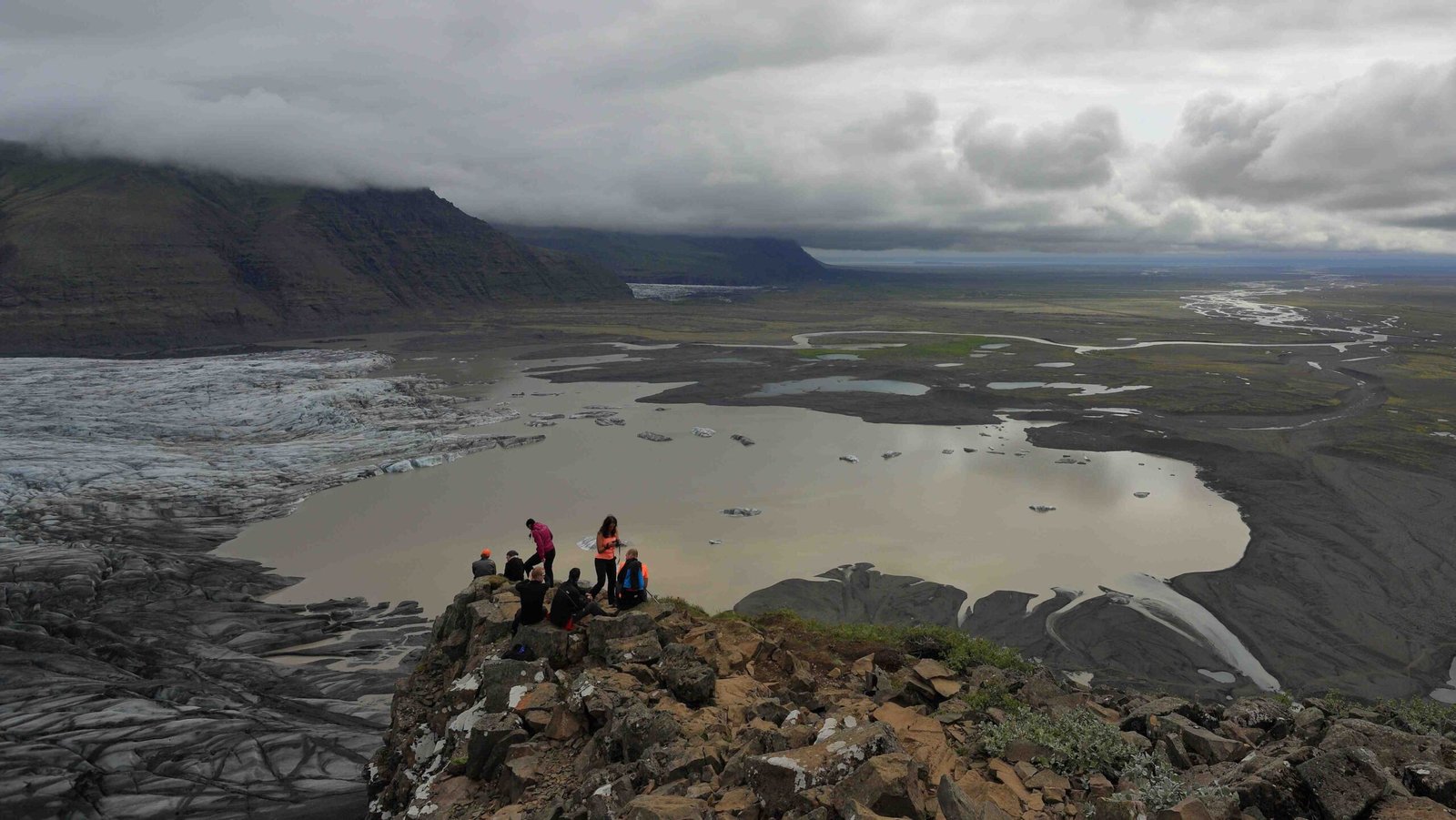The distance between Glacier National Park and Columbia River Gorge is approximately 640 miles by road. This journey takes travelers through diverse landscapes of Montana, Idaho, and Oregon. The most efficient route typically involves driving south on US-93 or I-90 from Glacier National Park, then connecting to I-84 in Idaho or eastern Oregon, which follows the Columbia River Gorge. The estimated travel time is around 10-11 hours without stops, depending on traffic and weather conditions.
What is the Exact Driving Distance and Route?

The driving distance from Glacier National Park to the Columbia River Gorge is approximately 640 miles, depending on the specific starting and ending points within these vast areas. Here’s a breakdown of the most efficient route:
- From Glacier National Park, head south towards Kalispell, Montana.
- Continue south on US-93 or I-90 towards Coeur d’Alene, Idaho.
- From Coeur d’Alene, take I-90 west to Spokane, Washington.
- In Spokane, connect to I-84 heading west towards Portland, Oregon.
- Follow I-84 along the Columbia River Gorge to your final destination.
This route takes you through three states and offers diverse scenery, from the Rocky Mountains to the Columbia Plateau and finally the lush Columbia River Gorge.
How Long Does the Journey Take?

The estimated travel time from Glacier National Park to the Columbia River Gorge is approximately 10-11 hours without stops. However, several factors can affect this duration:
- Traffic conditions, especially near urban areas like Spokane
- Weather conditions, which can be unpredictable in mountainous regions
- Road construction or maintenance
- Personal driving speed and comfort levels
- Number and duration of stops for rest, fuel, or sightseeing
Considering these factors, it’s wise to plan for a 12-14 hour journey if you intend to make occasional stops.
What Are the Notable Stops Along the Way?
The route from Glacier National Park to Columbia River Gorge offers several interesting stops. Here’s a list of notable locations you might consider visiting:
- Flathead Lake, Montana
- Largest natural freshwater lake west of the Mississippi
-
Offers water activities and scenic views
-
Coeur d’Alene, Idaho
- Known for its beautiful lake and resort town atmosphere
-
Home to the Coeur d’Alene Resort Golf Course with its famous floating green
-
Spokane, Washington
- Riverfront Park and the Spokane Falls
-
Historic downtown area with shops and restaurants
-
Multnomah Falls, Oregon
- Iconic 611-foot-tall waterfall in the Columbia River Gorge
-
Accessible viewing platform and hiking trails
-
Hood River, Oregon
- Known for windsurfing and kiteboarding
- Fruit Loop scenic drive through orchards and vineyards
What Are the Best Times to Travel This Route?
The best time to travel between Glacier National Park and Columbia River Gorge depends on your preferences and the activities you wish to enjoy. Here’s a seasonal breakdown:
| Season | Pros | Cons |
|---|---|---|
| Summer (June-August) | – Warm weather – All park facilities open – Ideal for outdoor activities |
– Peak tourist season – Higher prices – Crowded attractions |
| Fall (September-October) | – Beautiful fall colors – Fewer crowds – Mild weather |
– Some facilities begin to close – Shorter days for travel |
| Winter (November-March) | – Snow activities in Glacier – Fewer tourists |
– Challenging driving conditions – Limited access to some areas – Shorter days |
| Spring (April-May) | – Wildflowers blooming – Waterfalls at peak flow |
– Unpredictable weather – Some snow at higher elevations |
What Should I Pack for This Trip?
Given the diverse landscapes and potential weather variations, it’s important to pack wisely for your journey. Here’s a suggested packing list:
- Clothing:
- Layered clothing for varying temperatures
- Rain jacket or windbreaker
- Comfortable walking shoes or hiking boots
-
Sun hat and sunglasses
-
Travel Essentials:
- Road map or GPS device
- Car emergency kit
- First aid kit
-
Reusable water bottles
-
Electronics:
- Camera for capturing scenic views
- Portable charger or power bank
-
Car phone charger
-
Outdoor Gear (if planning hikes):
- Daypack
- Trekking poles
- Insect repellent
-
Sunscreen
-
Snacks and Refreshments:
- Non-perishable snacks
- Cooler for drinks and perishables
Are There Any Scenic Alternatives to the Main Route?
While the main route via I-90 and I-84 is the most efficient, there are scenic alternatives for those with more time:
- Northern Route through Canada:
- Travel north into Canada, then west through British Columbia
- Enter the U.S. near Oroville, Washington
- Pros: Stunning mountain scenery, less traffic
-
Cons: Longer distance, requires passport, potential border delays
-
Southern Route through Yellowstone:
- Head south to Yellowstone National Park
- Continue west through Idaho and Oregon
- Pros: Visit another iconic national park, diverse landscapes
- Cons: Significantly longer distance and travel time
What Are the Accommodation Options Along the Route?
Accommodation options vary widely along the route from Glacier National Park to Columbia River Gorge. Here’s an overview:
- Hotels and Motels:
- Available in most towns and cities along the route
-
Range from budget to luxury options
-
Campgrounds:
- Both public and private campgrounds available
-
Some require advance reservations, especially in peak season
-
RV Parks:
- Numerous options for those traveling by RV
-
Often offer full hookups and amenities
-
Airbnb and Vacation Rentals:
- Available in many locations, offering a more home-like experience
-
Can be a good option for longer stays or larger groups
-
National Park Lodges:
- Available in Glacier National Park
- Offer a unique experience but often require advance booking
It’s advisable to book accommodations in advance, especially during peak travel seasons or in popular tourist areas.
How Can I Prepare My Vehicle for This Long Journey?
Preparing your vehicle for the long journey between Glacier National Park and Columbia River Gorge is crucial for a safe and enjoyable trip. Here are some key steps:
- General Maintenance:
- Oil change if due
- Check and top up all fluids
-
Inspect and replace air filters if necessary
-
Tire Check:
- Ensure proper tire pressure
- Check tread depth
- Rotate tires if needed
-
Don’t forget to check the spare tire
-
Brake Inspection:
- Check brake pads and rotors
-
Ensure brake fluid is at the correct level
-
Battery Test:
- Check battery health
-
Clean terminals if corroded
-
Windshield and Wipers:
- Repair any chips or cracks in the windshield
-
Replace worn wiper blades
-
Emergency Kit:
- Include jumper cables, flashlight, basic tools
- Pack a first aid kit
-
Bring extra water and non-perishable snacks
-
Entertainment and Comfort:
- Ensure your car’s audio system is working
- Consider bringing pillows or seat cushions for comfort on long drives
By taking these precautions, you can minimize the risk of breakdowns and ensure a smoother journey between these two beautiful natural landmarks.
References:
1. Portland to Glacier National Park – Best Stops For Your Road Trip
2. Seattle to Glacier National Park: The Ultimate Pacific Northwest Road Trip
3. Embark On Your Portland to Glacier National Park Road Trip